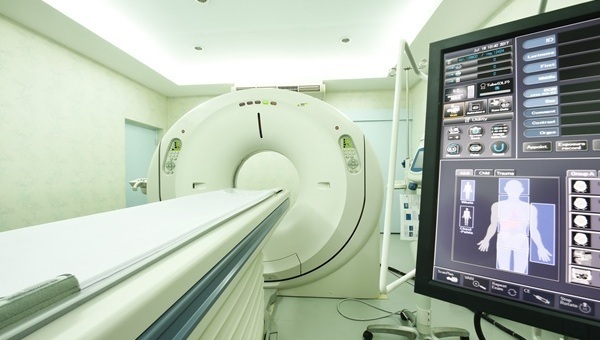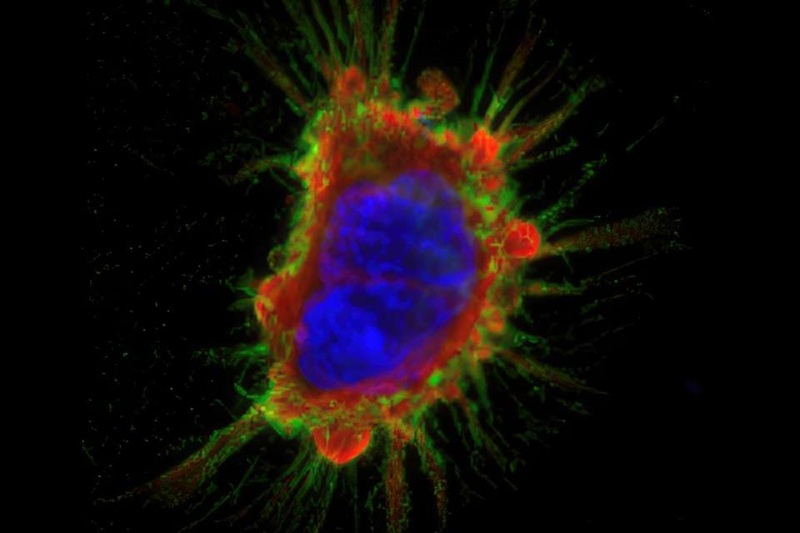Breakthrough Method Detects Inflammation in Body Using PET Imaging
Posted on 24 Jan 2025

Inflammation is an immune response that helps protect the body against disease. However, when inflammation becomes chronic and excessive, it can lead to various long-term conditions, including cardiovascular diseases, cancer, and diabetes, which are major contributors to global mortality. Currently, there are no non-invasive methods available to accurately detect and locate inflammation in the body. Researchers have now developed the first-ever probe capable of identifying general inflammation with high sensitivity through whole-body imaging. Once validated in humans, this tool could be used in clinical settings to guide treatment choices for inflammation-related conditions, monitor responses to anti-inflammatory drugs and cancer immunotherapies, and assist in diagnosing diseases linked to chronic inflammation.
The breakthrough technique, which uses positron emission tomography (PET) imaging to detect inflammation, was developed by researchers at Dana-Farber Cancer Institute (Boston, MA, USA). This novel probe targets CD45, a marker found on all immune cells but absent from other cell types. In healthy animals, the probe provides clear images of immune organs like the bone marrow, spleen, and lymph nodes. In disease models, it can detect inflammation in organs such as the colon in inflammatory bowel disease and the lungs in acute respiratory distress syndrome.
The study, published in Nature, demonstrated that inflammation severity identified by CD45-PET closely correlates with both microscopic tissue analysis and clinical symptoms. The team also developed a human CD45-PET probe, which successfully detected human immune cells in a humanized mouse model. Additionally, in animal models of graft-versus-host disease (a complication after bone marrow transplants), the human CD45-PET probe showed potential for early detection and precise localization of the disease, which can affect multiple organs. The team is now working on clinical trials to further validate the human CD45-PET probe.














